In today's gold extraction processes, the cyanidation method has become the main method for extracting gold due to its high efficiency and wide applicability. Cyanide leaching, as the core step of the cyanidation method, uses a cyanide solution as the leaching agent to extract gold from gold-bearing mineral raw materials. The chemical reaction formula is: 4Au + 8NaCN + O₂ + H₂O → 4NaAu(CN)₂ + 4NaOH. This process requires the participation of oxygen to achieve the dissolution and extraction of gold. However, it is crucial to pre-treat the gold concentrate before cyanide leaching, and its importance is mainly reflected in the following key aspects.
The Influence of Flotation Reagents and Impurities and the Need for Pretreatment
After the flotation process of gold concentrate, the surface of the concentrate is usually covered with a collector drug film, and various flotation reagents remain in the concentrate. Sometimes, the concentrate even contains a certain amount of acidic substances and soluble salts that seriously affect cyanide leaching. The presence of these substances greatly hinders the cyanide leaching of gold minerals. The collector drug film will form an isolation layer on the surface of gold minerals, preventing the effective contact between cyanide and gold, thus reducing the gold leaching rate. The remaining flotation reagents may chemically react with the cyanide, consuming the cyanide, or interfering with the complexation reaction between gold and cyanide. The presence of acidic substances will lower the pH value of the pulp, affecting the progress of the cyanidation reaction, because cyanide leaching usually requires an alkaline environment to proceed efficiently. Soluble salts may form precipitates or complexes with cyanide, also consuming cyanide and affecting the leaching of gold. Therefore, in order to eliminate these adverse factors, it is necessary to pre-treat the gold concentrate to ensure the smooth progress of cyanide leaching.
The Influence of Iron Minerals on Cyanide Leaching and Pretreatment Measures
The iron minerals in gold concentrate can be divided into two major categories: oxidized ores and sulfide ores. Oxidized minerals such as hematite, magnetite, goethite, and siderite hardly react with cyanide and generally have no direct impact on the cyanide leaching process. However, the situation of sulfide ores is quite different, and they are the main minerals affecting the cyanide leaching of gold. Take pyrrhotite as an example. Its hardness is between 3.5 and 4.5. and it is a mineral prone to slime formation. During the grinding process, pyrrhotite is likely to produce secondary slimes. These slimes not only consume a large amount of reagents but also contaminate the surface of gold minerals, preventing the contact between cyanide and gold. What's more serious is that pyrrhotite has the characteristic of adsorbing dissolved gold in the solution, which has an extremely adverse impact on the cyanide leaching process. In addition, pyrrhotite has strong oxidizing properties and a high ability to adsorb oxygen. When there is a large amount of pyrrhotite in the gold concentrate, it often leads to a lack of oxygen in the pulp. Since oxygen is an essential reactant in the cyanide leaching reaction, the lack of oxygen will seriously affect the gold leaching efficiency.
Pyrite is also a common sulfide ore in gold concentrate and has a significant impact on cyanide leaching. Pyrite will consume cyanide and oxygen during the cyanide leaching process. Cyanide reacts with pyrite to form substances such as ferrocyanide, thus reducing the concentration of free cyanide in the solution and increasing the consumption of cyanide. At the same time, the oxidation reaction of pyrite will also consume a large amount of oxygen, further affecting the gold leaching rate. Therefore, in response to the adverse effects of iron minerals, especially sulfide ores, on cyanide leaching, corresponding pretreatment measures need to be taken to reduce their interference with gold leaching.
The Role and Significance of Alkaline Leaching Pretreatment
Alkaline leaching, as an important pretreatment method, plays a key role in the pretreatment process of gold concentrate. In gold concentrate, there are often zinc minerals such as smithsonite, zincite, and hydrozincite, as well as minerals containing arsenic and antimony such as realgar, orpiment, stibnite, and arsenopyrite. The alkaline leaching process can convert zinc minerals such as smithsonite, zincite, and hydrozincite into zincates. At the same time, for minerals containing arsenic and antimony, substances such as Na₂AsO₃, NaAsO₄, NaSbO₃, and Na₃SbS₃ are generated during alkaline leaching. If these substances are not removed from the solution, they will consume a large amount of cyanide in the subsequent cyanide solution. For example, arsenates and antimonates will react with cyanide to form stable complexes, resulting in the ineffective consumption of cyanide and reducing the gold leaching efficiency. Therefore, through alkaline leaching pretreatment, these harmful impurities can be effectively removed or transformed, reducing the consumption of cyanide and creating favorable conditions for the subsequent cyanide leaching.
In conclusion, the pretreatment of gold concentrate before cyanide leaching is of great significance. Pretreatment can eliminate the hindrance of flotation reagents and impurities to cyanide leaching, reduce the interference of iron minerals, especially sulfide ores, on gold leaching, and remove or transform harmful impurities through methods such as alkaline leaching to reduce the consumption of cyanide. Only through effective pretreatment can the efficient progress of the cyanide leaching process be ensured, the gold leaching rate be increased, the production cost be reduced, and the maximization of the economic and environmental benefits of the gold extraction process be achieved. In the future development of gold extraction technologies, further optimizing and improving the pretreatment process of gold concentrate will be the key to improving the development and utilization level of gold resources.
- Random article
- Popular articles
- Popular comments
- Iron Ore Combined Beneficiation Process
- Carbon leaching beneficiation process for gold mines
- Gravity combined beneficiation process for wolframite ore
- Prioritized Flotation Process for Lead-zinc Ore
- Zirconium Ore Processing: Gravity, Magnetic, and Electric Separation
- Zirconium Ore Processing: Gravity, Magnetic, and Flotation Methods
- chrome ore processing:Advanced Magnetic Separation Processing Technology



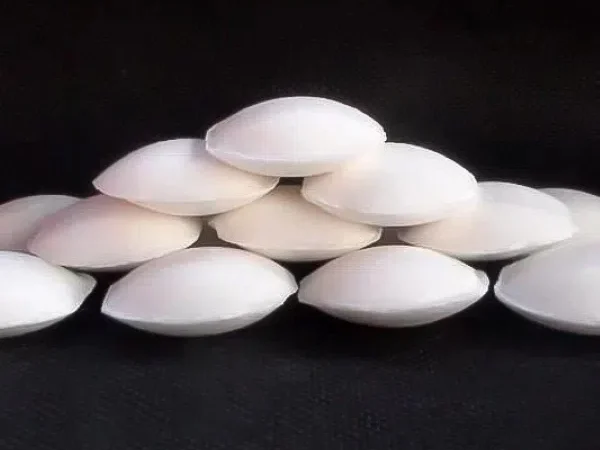
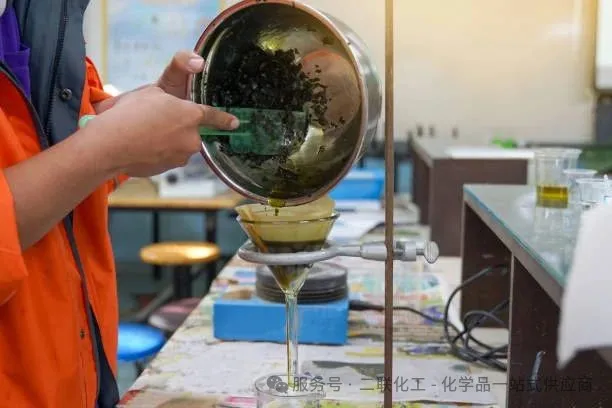


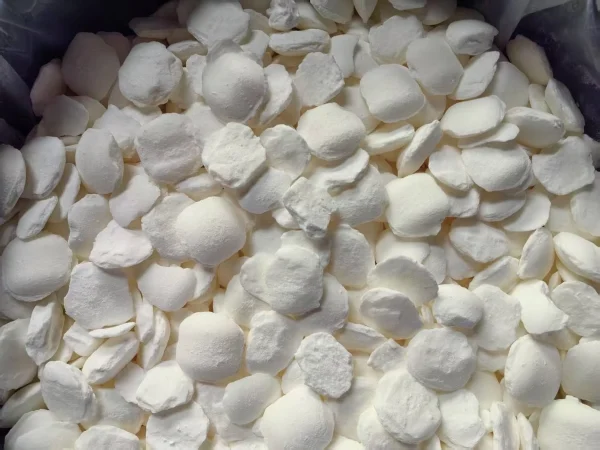
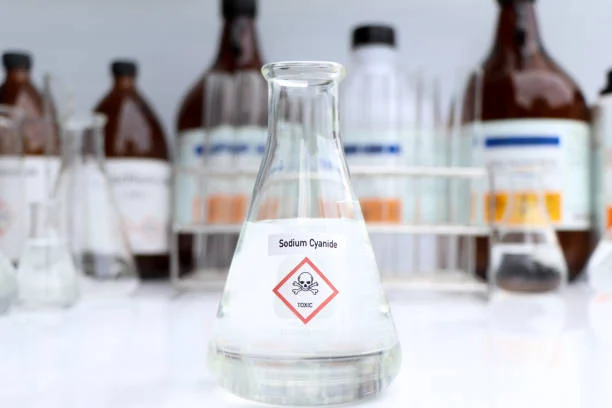

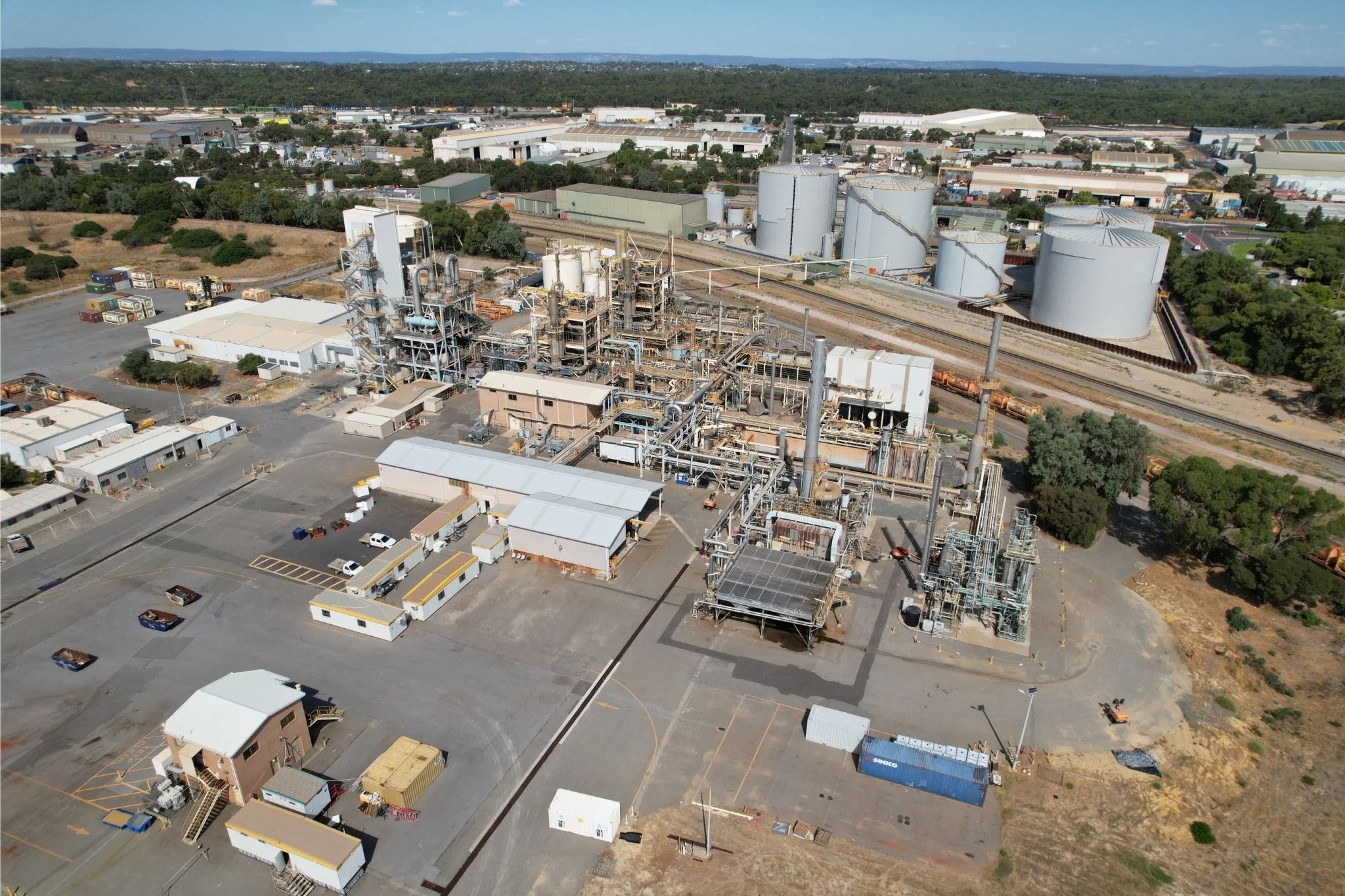
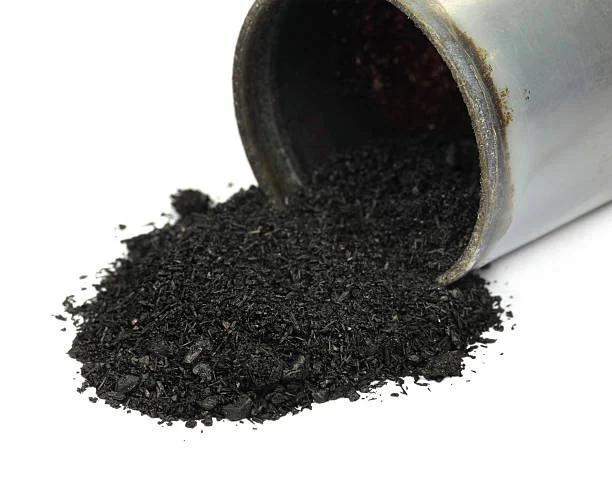

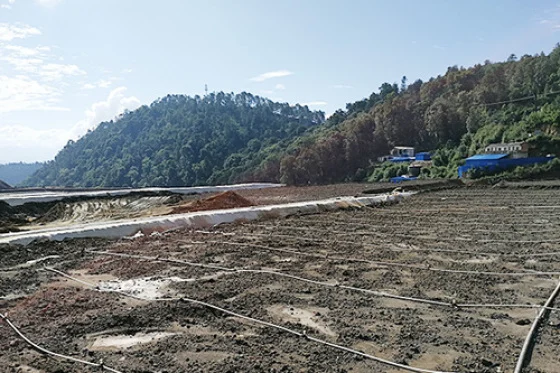


Leave a message with your needs or comments
Add comment: